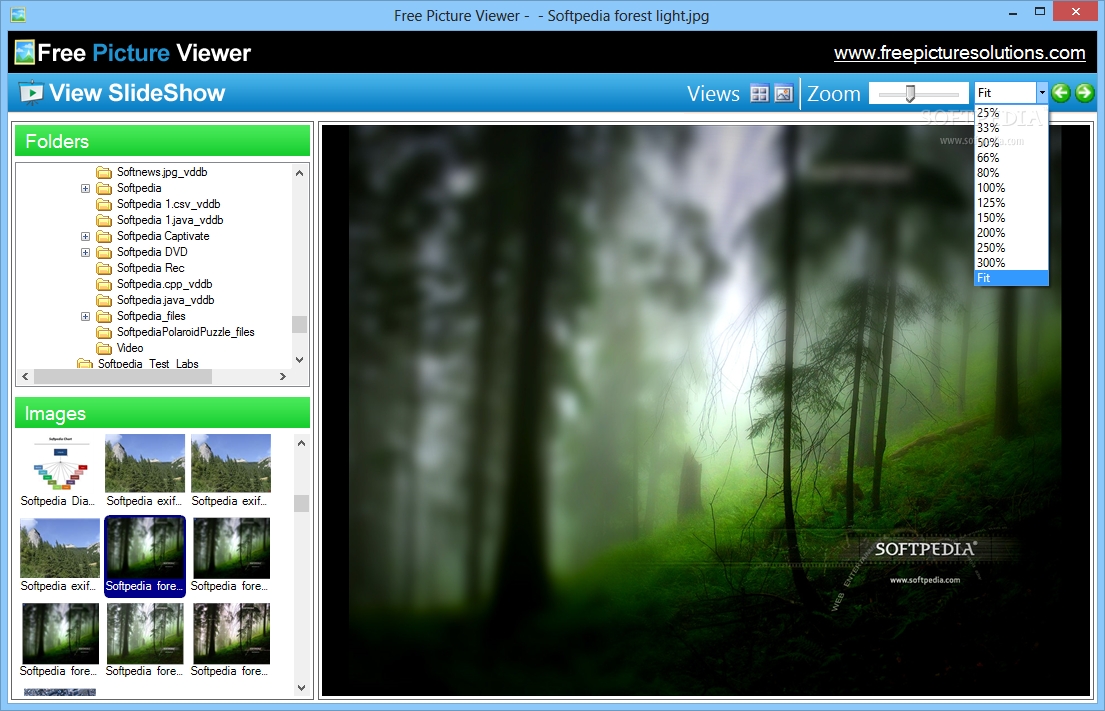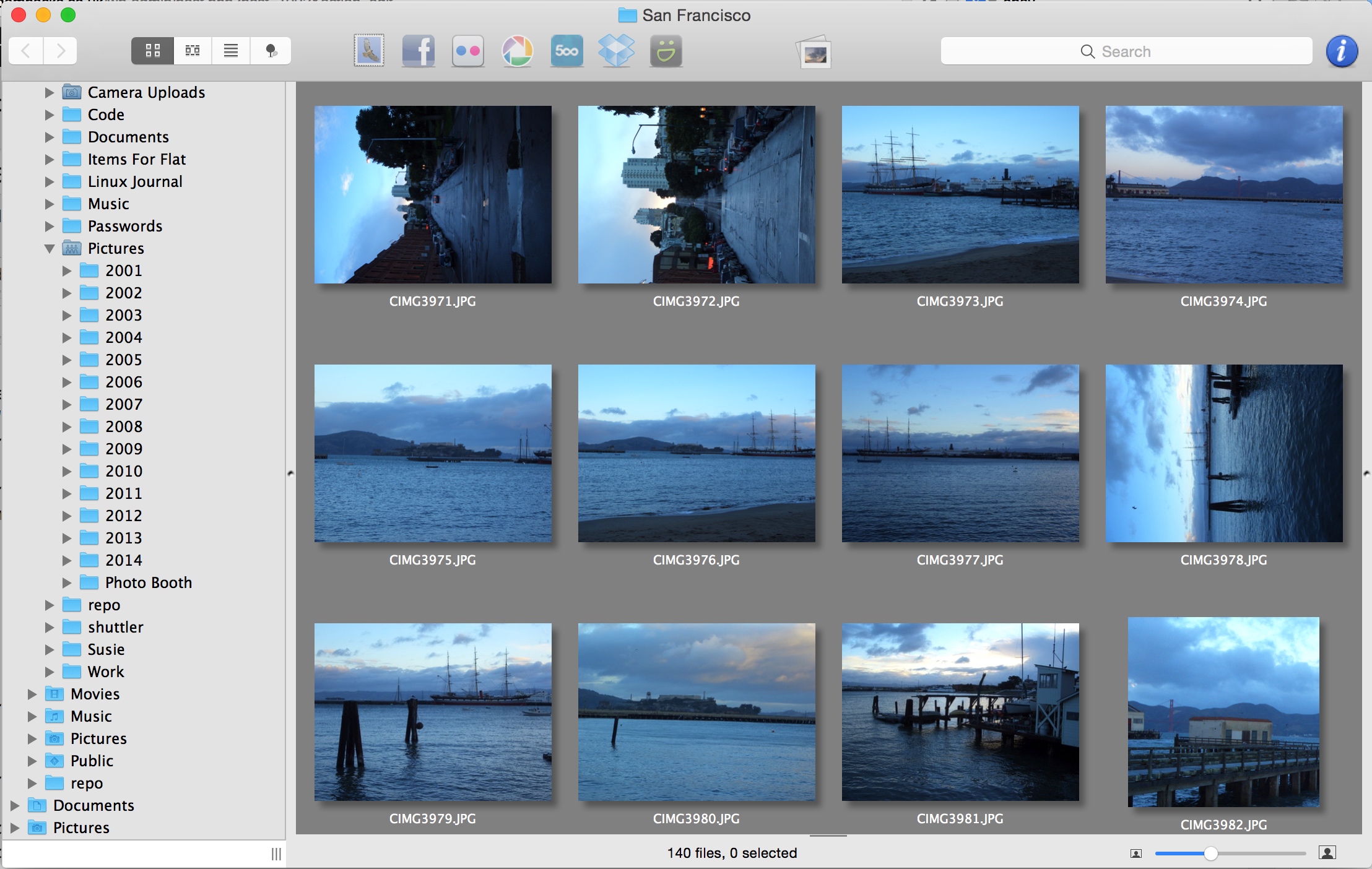

The tone curve is a graphical representation of the tonal range of your image and it allows you to manipulate the brightness and contrast of the red/green/blue (RGB) color gamut or the individual red, green and blue channels. Step 2: Image after editing with Auto Tone Correction and Tone Curve

This feature will give a flat or under-exposed image a bit more punch.įor this image, the correction was done using the auto mode. The Auto Tone Correction tool sets the darkest and the highest value of the image and then uses a slider to adjust the brightness scale of the mid-tones between the two points automatically. Step 1: Image after editing with Auto Tone Correction Get the image loaded and do the following steps: The Image Edit window is where you start with the post-processing workflow. The Image Edit interface on Olympus Viewer 3 (OV3) The recommendation that you should work on a copy of the original file should also be heeded here, just in case. This simple workflow can be applied to both JPEG and *.orf RAW files, but then you also know that on OV3 you can do more with RAW files in RAW Development Mode.

The post-processing can be done in five quick steps, using the following tools: Post-processed data are saved to a different file location on OV3, and it is equally easy to export the post-processed images to social websites or web-published on the Internet. On OV3, the process is non-destructive, meaning that you will still have the original copy intact and you do the process repeatedly until you are happy with the result. JPEG images that look flat with washed-out colors (see accompanying image) can be post-processed on Olympus Viewer 3 (OV3) quite easily and this will help bring back some shine and vibrancy to it. Inadvertently, however, chances of getting under- or overexposed shots, or shots were taken with the wrong camera setting, happen. JEPG images are saved in files that are comparatively smaller in size than RAW files, and the images are immediately ready for sharing or posting on the Internet, or printed as hard copies. Final image after edits with Auto Tone Correction, Tone Curve, Brightness & Contrast, Hue & Saturation, and Sharpness & BlurĪmateur photographers will normally start off their hobby by capturing images in JPEG instead of RAW.


 0 kommentar(er)
0 kommentar(er)
